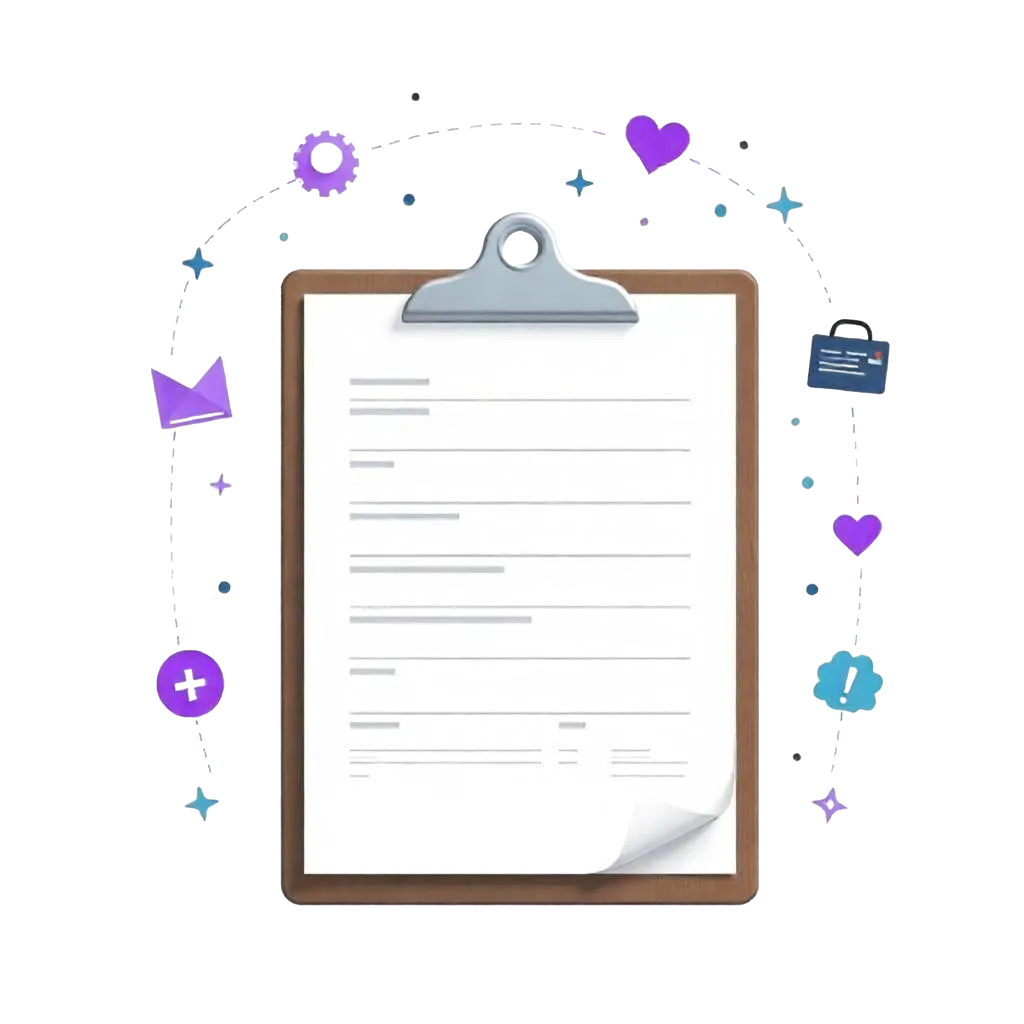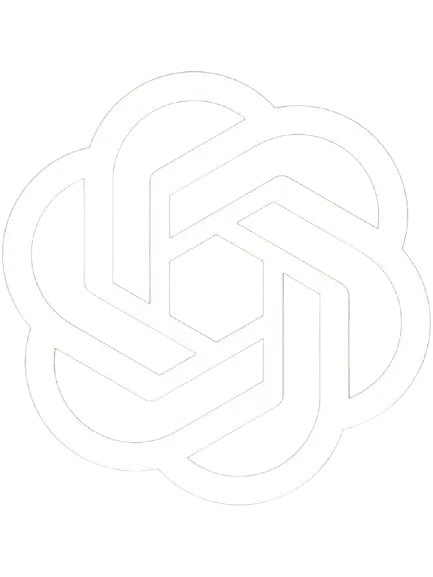Summary: In 2025, the best occupational therapy billing software solutions are essential for clinics to streamline billing processes and reduce denial rates. Key options include:
- SpryPT: Best Overall Value, ideal for small to mid-size clinics with its all-in-one platform and high clean claim rate.
- WebPT: Scalable for large clinics but comes with a steep learning curve.
- ClinicSource: Affordable and user-friendly for small practices.
- TheraPlatform: Great for remote/hybrid OTs with built-in telehealth features.
While options like WebPT and ClinicSource exist, SPRY is the top choice for its comprehensive features tailored specifically for occupational therapy practices, ensuring efficiency and compliance.
Introduction
Streamlining billing is critical for any occupational therapy (OT) clinic. The best occupational therapy billing software helps OTs handle complex CPT codes, modifiers, and documentation requirements unique to therapy practices. Generic medical billing systems often fall short: practices using non-specialized billing tools see denial rates as high as 15–20%. In fact, one analysis found OT clinics can lose around $150,000 per year from inefficiencies in documentation and billing.
By choosing specialized OT billing software, your clinic can reduce denials, improve cash flow, and focus more on patient care. This guide covers the latest top OT billing solutions, key features to look for, and related OT resources.
Why OT-Specific Billing Software is Crucial
Occupational therapy billing has many unique challenges that generic medical systems aren’t built to handle. For example, OT requires a variety of specific CPT codes (e.g. evaluation codes 97165–97167, therapeutic activities 97530, exercises 97110, sensory integration 97533), as well as specialized modifiers (like 59, GP, GO) and documentation standards. It also involves frequent prior authorizations (for equipment or extended care) and outcome tracking for Medicare compliance.
Without OT-focused software, these nuances lead to data entry errors, coding mistakes, and compliance risks.
- Complex Coding and Compliance: OT billing must comply with strict regulations and payer rules. Errors can trigger audits or claim denials. OT-specific billing software comes with built-in code libraries and edits to ensure accuracy. The CMS Billing Guide for Therapy Services provides a detailed breakdown of compliance requirements.
- High Denial Rates: Generic systems treat all specialties the same, which often results in high denial rates for therapy services. Specialized OT billing software includes real-time insurance verification and automated claim scrubbing to catch errors before submission. AHIMA notes that common billing mistakes stem from poorly integrated systems and manual errors.
- Administrative Burden: OT practices using generic software often spend far more time on billing tasks. Investing in OT billing software pays off: most practices see a return on investment within 60–90 days thanks to faster payments and fewer denials.
According to the American Occupational Therapy Association (AOTA), the rise of electronic health records (EHRs) and data tools in healthcare has created innovations in therapy delivery. OTs are encouraged to leverage technology to improve efficiency and outcomes.
9 Best Occupational Therapy Billing Software Solutions (2025)
Here’s a curated list of top-rated OT billing software, highlighting key features, benefits, pricing ranges, and real-world suitability:
1. SpryPT – Best Overall Value
An all-in-one platform built specifically for OT and PT clinics.
- Ideal for: Small to mid-size OT practices looking for automation and AI assistance
- Key Features: AI SOAP notes, real-time eligibility checks, billing engine, prior authorization workflows, mobile-friendly dashboard
- Pros: Modern UX/UI, fast implementation, high clean claim rate (~99.5%)
- Cons: Still expanding third-party integrations
- Pricing: Starts at ~$150/month per provider
- Use Case: A solo OT using SpryPT saved 5+ hours weekly on documentation and cut denials by 85%
2. WebPT – Best for Large Clinics
Enterprise-ready RCM and documentation platform.
- Ideal for: Multi-location clinics with large staff
- Key Features: Analytics dashboard, scheduling, EMR, compliance tracking, patient outcomes reporting
- Pros: Scalable, comprehensive feature set
- Cons: Higher learning curve for beginners, premium cost
- Pricing: Starts around $279/month per provider (custom quotes for large groups)
- Use Case: A 10-location therapy group used WebPT to unify RCM and track team KPIs centrally
3. ClinicSource – Best Cloud-Based Interface
A lightweight and intuitive cloud platform.
- Ideal for: Independent practitioners and small teams
- Key Features: Note templates, insurance verification, customizable forms, client portal
- Pros: User-friendly, good support, affordable
- Cons: Fewer advanced analytics tools
- Pricing: From $69/month per user
- Use Case: A pediatric OT used ClinicSource for home visits and reduced billing errors without hiring extra staff
4. TheraPlatform – Best for Telehealth Integration
Combines billing, scheduling, and HIPAA-compliant video tools.
- Ideal for: Remote or hybrid OT providers
- Key Features: Telehealth tools, SOAP notes, billing automation, interactive patient resources
- Pros: Excellent video tools, flexible pricing
- Cons: Basic reporting compared to enterprise platforms
- Pricing: From $39/month per provider
- Use Case: School-based OTs used TheraPlatform for virtual IEP sessions and integrated billing
5. BestPT – Best Billing-Only Focus
Streamlined revenue cycle platform designed to plug into EMRs.
- Ideal for: Clinics that already have an EHR but need better billing
- Key Features: Denial tracking, payer edits, insurance eligibility, clearinghouse integration
- Pros: Clean interface, RCM-first focus
- Cons: Limited clinical features
- Pricing: Starting around $26/month
- Use Case: A two-location clinic added BestPT to handle all claims and collections, saving ~$2,000/month
6. Net Health (formerly ReDoc) – Best for Outcome Reporting
Rehab therapy suite focused on analytics and compliance.
- Ideal for: Clinics with MIPS or outcomes reporting needs
- Key Features: Outcome measurement tools, PQRS/MIPS dashboards, Medicare-friendly documentation
- Pros: Strong compliance features, EHR built-in
- Cons: Interface less modern than competitors
- Pricing: Custom quote
- Use Case: A Medicare-heavy OT clinic used Net Health to track functional outcomes and qualify for incentives
7. Fusion (by Physitrack) – Best for Pediatric OT
Pediatric-first platform for school and home-based therapists.
- Ideal for: Pediatric therapy, school settings
- Key Features: IEP tracking, milestone templates, Medicaid billing, parent communication
- Pros: Child-focused UX, IEP integration
- Cons: Less suited for adult clinics
- Pricing: From ~$49/month per user
- Use Case: A group of OTs used Fusion to align IEPs and Medicaid claims across multiple school districts
8. TheraOffice – Best for Multidisciplinary Clinics
Flexible software supporting OT, PT, SLP workflows.
- Ideal for: Clinics with multi-disciplinary teams
- Key Features: Integrated scheduling, documentation, inventory, and billing tools
- Pros: Highly configurable, desktop and web-based options
- Cons: Desktop version requires more IT resources
- Pricing: Custom quote
- Use Case: A regional rehab center used TheraOffice to consolidate billing across OT, PT, and speech
9. SimplePractice – Best for Solo Practitioners
Simple, elegant, and HIPAA-compliant.
- Ideal for: Solo or part-time occupational therapists
- Key Features: Scheduling, notes, billing/invoicing, secure messaging, telehealth
- Pros: Quick setup, good support
- Cons: Not OT-specific, lacks advanced billing automation
- Pricing: Starts at $39/month
- Use Case: A mobile OT practice used SimplePractice to manage notes and invoices from a tablet in the field
Key Features to Look For in OT Billing Software
Here’s what top-performing software should offer:
- Real-Time Eligibility Checks – Instant verification of benefits before appointments
- Claim Scrubbing & Error Flags – Auto-detection of missing modifiers or CPT mismatches
- Built-In OT Code Library – Preloaded with the most common codes like 97110, 97530
- Automated Prior Authorizations – Streamlined workflows to handle approvals
- Reporting & Dashboards – Visual insights into claims, collections, productivity
- HIPAA & CMS Compliance – Regularly updated to meet healthcare standards
- Integration with EMR/EHR – Especially useful if you already use systems like WebPT or Fusion
How to Choose the Right OT Billing Software
Follow this 5-step plan:
- Identify Pain Points: What’s costing you time or money now, denials, rework, slow collections?
- Set Priorities: Need pediatric features? Prior auth automation? Mobile access?
- Shortlist Options: Compare top vendors based on your criteria.
- Run a Demo: Test workflows like insurance checks and billing tasks.
- Calculate ROI: Estimate revenue gains from fewer denials and faster payments.
For practices still using outdated systems or manual billing, the switch to a therapy-specific platform can be a transformative investment.
Conclusion
Choosing the right occupational therapy billing software is a critical decision that directly impacts your practice's financial health and operational efficiency. While the market offers numerous options, the key is finding a solution that aligns with your practice size, specialization, and specific workflow needs.
SpryPT emerges as the top choice for most OT practices, offering the best combination of specialized features, affordability, and user satisfaction. With its AI-powered documentation, real-time insurance verification, and 99.5% claim acceptance rate, it delivers measurable ROI within months of implementation.
However, your specific needs may point to a different solution. Large practices might benefit from WebPT's enterprise features, while pediatric specialists should consider Fusion's specialized tools.
The most important step is to move away from generic billing software that's costing your practice money every day. With denial rates for specialized software averaging just 3-5% compared to 15-20% for generic solutions, the investment in OT-specific billing software typically pays for itself within 60-90 days.
Frequently Asked Questions
What makes occupational therapy billing software different from general medical billing software?
Occupational therapy billing software includes specialized features like OT-specific CPT codes, modifier management for therapy services, prior authorization workflows for durable medical equipment, and documentation templates designed for functional assessments. General medical software lacks these specialized capabilities, leading to higher denial rates and compliance issues.
How much can specialized OT billing software save my practice?
Practices typically save $25,000-$65,000 annually by switching to specialized billing software. This comes from reduced claim denials (from 15-20% down to 3-5%), faster payment processing, and decreased administrative time. Most practices see ROI within 60-90 days.
Can OT billing software integrate with my existing EMR system?
Yes, most modern OT billing software solutions offer integration capabilities with popular EMR systems. SpryPT, WebPT, and ClinicSource all provide seamless integration options. However, it's important to verify compatibility with your specific EMR before making a decision.
What training is required for staff to use the new billing software?
Most OT billing software providers offer comprehensive training programs. Expect 10-20 hours of initial training per staff member, with ongoing support available. User-friendly platforms like SpryPT and SimplePractice require less training time, while more comprehensive solutions like WebPT may need more extensive onboarding.
How long does it take to implement new billing software?
Implementation typically takes 4-6 weeks for most practices. This includes data migration, staff training, testing, and go-live support. Cloud-based solutions like ClinicSource and SpryPT often have faster implementation times compared to on-premise systems.
Reduce costs and improve your reimbursement rate with a modern, all-in-one clinic management software.
Get a DemoLegal Disclosure:- Comparative information presented reflects our records as of Nov 2025. Product features, pricing, and availability for both our products and competitors' offerings may change over time. Statements about competitors are based on publicly available information, market research, and customer feedback; supporting documentation and sources are available upon request. Performance metrics and customer outcomes represent reported experiences that may vary based on facility configuration, existing workflows, staff adoption, and payer mix. We recommend conducting your own due diligence and verifying current features, pricing, and capabilities directly with each vendor when making software evaluation decisions. This content is for informational purposes only and does not constitute legal, financial, or business advice.












